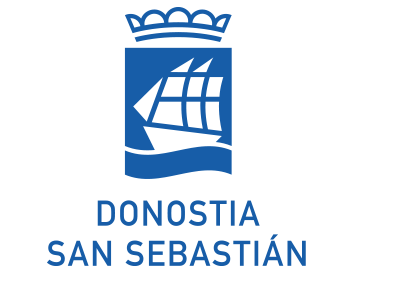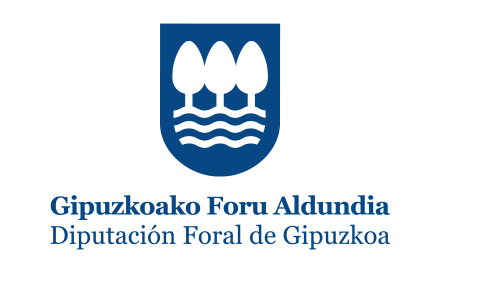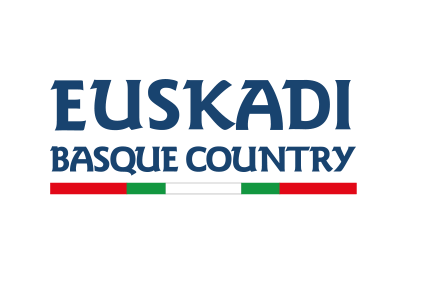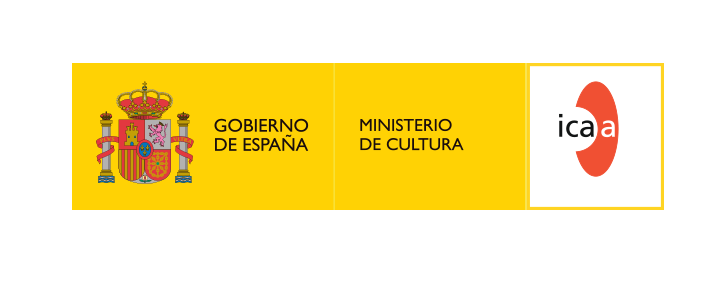On the Other Island
On the Other Island
On the Other Island
Films
Films
Eduardo Manet
Cuba
10 min.
Short film
Condemns racial discrimination in Cuba from the colonial era until the triumph of the Revolution.
Nicolás Guillén Landrián
Spain - Cuba
9 min.
Short film
In one of his first works, Landrían presents a series of snapshots of everyday life in a district of Havana (Old Havana) while drawing an extraordinary portrait of Cuba, its melting pot of races, santería, generations, collapse of the social classes with the arrival of new socialism. Fidel Castro is said to have labelled the film as "frenchified".
Sara Gómez
Cuba
15 min.
Short film
In Santiago it is much more obvious that Cuba is an island in the West Indies. It is the city of history and the city of myth. Haiti and its revolution, pirates and earthquakes have left their mark on Santiago, on the life of the man of Santiago, with its steps. In Santiago de Cuba you must make your way up, up, up before falling into the Carnival.
Nicolás Guillén Landrián
Cuba - Spain
6 min.
Short film
A lively and joyful tribute to the dance culture of the Cuban people. With an original score by the famous composer Pello El Afrokán, Mozambique, the film is a sweeping celebration of Havana's musical nightlife. The movie was considered provocative, at a time when the Revolution was pushing the population to increase economic production.
Nicolás Guillén Landrián
Cuba - Spain
16 min.
Short film
Landrián travelled to the Baracoa province with his cameraman, Livio Delgado. Of the three films they shot there, the most famous is Ociel del Toa: a poetic and sensual meditation on rural life and the everyday paces of work. Ociel, a 13-year-old boy, plies the Toa river in his canoe.
Nicolás Guillén Landrián
Cuba
9 min.
Short film
Documentary about a plenary session of farmers who have decided to kill ignorance, an enormous rag doll that they brandish standard-like and set on fire. In the director's words: "l tried to make highly subjective, highly personal and highly experimental, completely experimental films, something I didn't succeed in doing because it was said that I was chaotic. I was a bit nervous when I started these films, because the pressure I was living under in Havana was slowly driving me mad."
Sara Gómez
Cuba
30 min.
Medium-length film
The film examines Cuban music, its basic instruments and their development set around a conversation with the musician and instrument-maker, Alberto Zayas, who uses examples of different rhythms to illustrate and confirm the existence of a Cuban way of making music.
Nicolás Guillén Landrián
Spain - Cuba
18 min.
Short film
After two years in prison for "ideological diversionism", among other reasons, Nicolás Guillén Landrián was readmitted to the ICAIC. There he was given his first official assignment, a didactic film on coffee production.
Sara Gómez
Cuba
44 min.
Medium-length film
Survey carried out on Isle of Pines (today Isle of Youth), where a new generation of young people is being educated.
Santiago Álvarez
Cuba
18 min.
Short film
Political satire-cum-historical and educational rundown of violence in the USA under the mandate of Lyndon B. Johnson, from 1963 to 1969. Reusing a variety of archive footage and interviews, the film analyses US policy, by looking back at the murders of Martin Luther King Jr., John and Bob Kennedy.
Nicolás Guillén Landrián
Spain - Cuba
14 min.
Short film
The building of buses to solve the urban transport problem. This is one of the last documentaries made by the Afro-Cuban filmmaker before his final expulsion from the ICAIC in 1972. It alternates shots of the assembly of buses designed to transport workers with the political representation and participation of the workers in the meetings held on the shop floor.
Santiago Álvarez
Cuba
24 min.
Short film
Through the life of Vietnam leader Ho Chi Minh, poet, guerrilla fighter, statesman, we see the age-old struggle of his people against all empires who tried to conquer it, and the pain unleashed by his death.
Sara Gómez
Cuba
10 min.
Short film
A look at Isle of Pines since its discovery, construction of the Modelo Prison for offenders and revolutionaries and how a new society was built there in the 60s with the participation of young people.
Sara Gómez
Cuba
9 min.
Short film
In the batey of the Cuba Libre sugar mill, in Matanzas province, a General Meeting of neighbours is called to elect the People's Power president. The documentary shows how the stage is set for this meeting at human and physical level.
Sara Gómez
Cuba
74 min.
A new community teacher confronts the differences and conflicts surfacing in her love affair with a worker from the Miraflores district, result of the early efforts of the Revolution to get rid of the more deprived neighbourhoods. The film embraces and expands upon the myriad concerns explored by the moviemaker in her earlier short films to reveal the complexities of discrimination, revolutionary modernisation, race and gender.
Marisol Trujillo, Miriam Talavera, Pepín Rodríguez
Cuba
9 min.
Short film
A reading of the poem Oración por Marilyn Monroe, by the Nicaraguan poet Ernesto Cardenal, serves to connect the fatal demise of the mythical actress with the misery and exploitation of American childhood. An icon of popular culture, images of Marilyn Monroe are reappropriated and given a new meaning based on editing as a symbol of imperialist oppression and humiliation. The prayer is not only for the goddess of cinema, but for all humanity.
Miguel García, Miguel Secades
Cuba
9 min.
Short film
In 1988, the Cuban State started to build a monumental tomb for the guerrilla fighter Ernesto 'Che' Guevara, despite the fact that his body was still missing in the Bolivian forest. Amid controversies and conspiracy theories, the Communist Party commissioned aficionado filmmakers Secades and Garcia to document the work, with the backing and supervision of the revolutionary armed forces. Nace una plaza is the documentary resulting from this experience.
Miguel Secades, Rudis Reyes, Rafael Torrens
Cuba
12 min.
Short film
On 3rd May, in a country home in Santa Fé, a small town in the heart of Camajauní, Cuba, the Fusté family, descendents of Cimarron slaves, celebrates the Exaltation of the Holy Cross in a unique religious ritual combining Yoruba, Christian and spiritualist elements. The ritual exorcises the dead and invites them to possess the bodies of the living in order to invoke rain and harvests.




